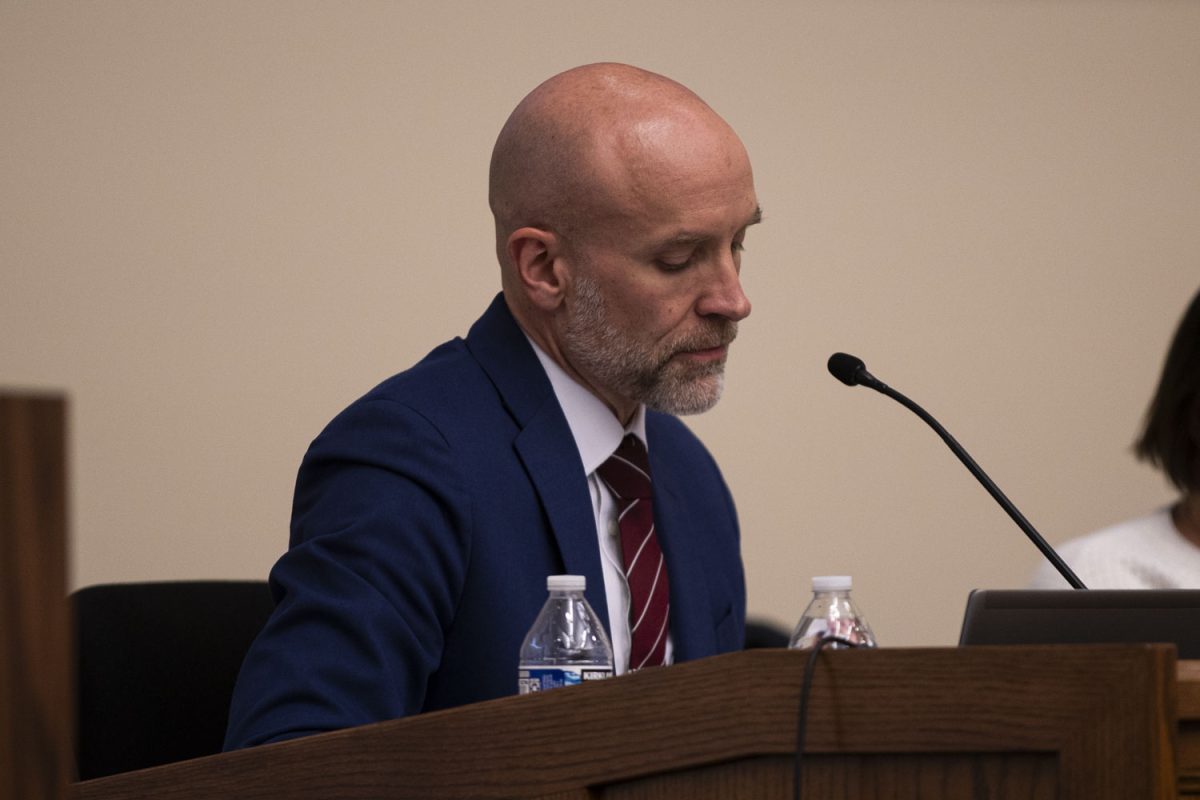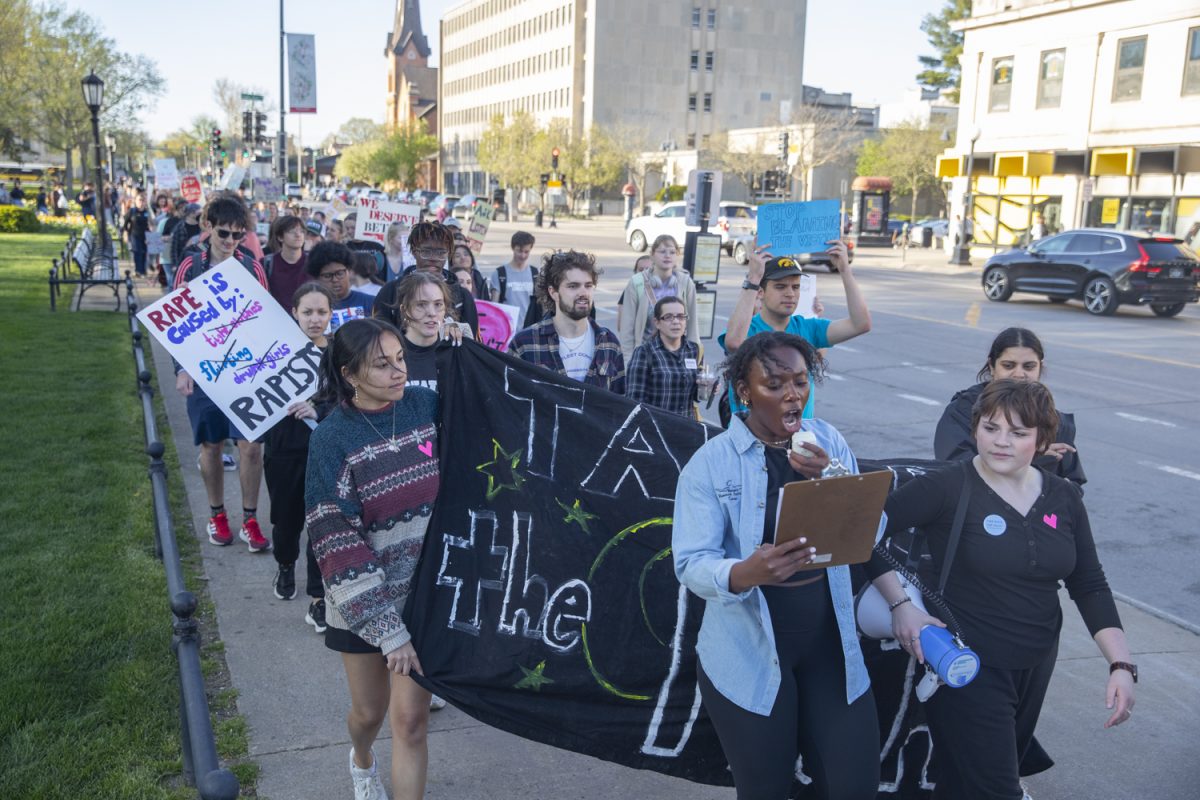By Jason Estrada
Pell Grant recipients at the University of Iowa may possibly be affected by cuts in President Trump’s proposed budget.
According to the White House, Trump’s 2018 budget will cut $9 billion from the U.S. Department of Education. In that budget, those cuts in part would come from the “cancellation” of $3.9 billion in the Pell Grant program’s “unobligated carryover funding.”
The Pell Grant program provides financial aid to low- and moderate-income students to help them afford, stay in, and complete college. Nearly 8 million students nationwide rely on the grant as a necessity for attending college, according to data from Young Invincibles. The group is a national nonprofit that focuses on empowering young Americans.
Mark Warner, the UI assistant provost for Student Financial Aid, said there are 4,716 undergraduate students who received the grant for the 2016-17 school year, approximately 23 percent of the full-time undergraduate students. The UI distributes $18.2 million in Pell Grant funding to these students, and individually, students receive on average $3,863 of the maximum $5,815, a level determined by the federal government.
“We try to talk to students about ways they can minimize their cost of attendance,” he said.
He added this was not limited to tuition and fees. Warner said the Financial Aid Office tries to work with students to minimize additional expenses that factor into cost of attendance, such as housing, transportation, and other personal expenses.
“I think the university, in my opinion, does a great job of talking to students who come to us and recognize that we can be helpful and help address their low-income and high-need situations,” he said. “We’re doing that now for some entering students that are going to be coming in this fall.”
UI student Lilián Sánchez, a general representative of the financial-aid charter committee in UI Presidential Office, said the committee has been able to look at the strategies the university has implemented right now for accepting and maintaining the enrollment of low-income students.
In the past, the committee has strengthened the financial-aid program by educating students about what their options are for financing their education through loans and understanding how the Pell Grant and other financial-aid programs work.
“Right now, the Financial Aid Office has one-on-one services that I’ve actually also taken advantage of that really help me understand my award letter and how tuition and costs works,” Sánchez said. “But one thing we’re looking forward to expanding in terms of programming is to encourage incoming students to really contact the financial office prior to enrollment so that we have a plan for students they can create before coming to the university.”
Based on her experience, the Pell Grant has been vital to Sánchez’s ability to stay enrolled at the UI.
“When looking at schools, Pell Grant offers are really one of the things that make our school look more attractive,” she said.
Barmak Nassirian, the director of federal relations and policy analysis at the American Association of State Colleges and Universities, said the Trump administration is attempting to increase defense spending by offsetting nondefense accounts.
He noted that the proposed cuts to the Pell Grant and other programs in the U.S. Department of Education, which would affect low- and middle-income students, will have devastating effects.
“From my point of view, those generic cuts can only result in drastic cuts and available aid,” he said. “It’s not just Pell Grants, they are lowering down a lot of other accounts …”







